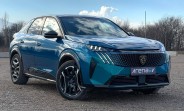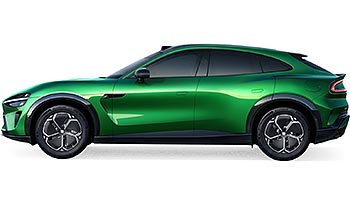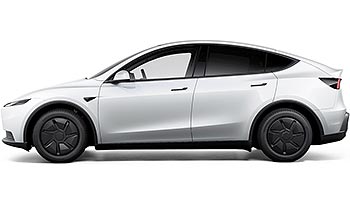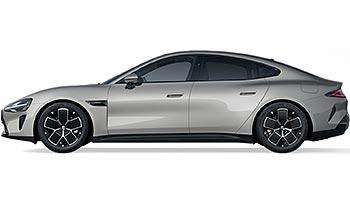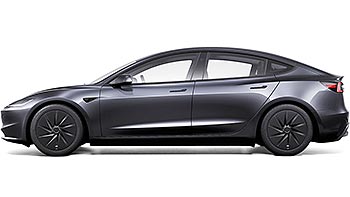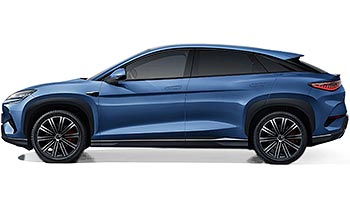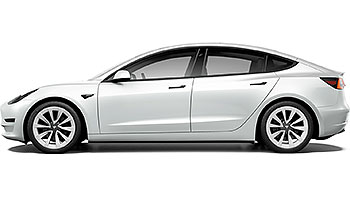Stella Terra SUV goes on sun-powered safari across Morocco

The desire for vehicles fully independent of the charging infrastructure is nothing new, even if commercialization is impossible at this point. However, that doesn't stop projects like the Stella Terra from popping up and do a publicity stunt or two.,
The khaki SUV is created by the young minds at Eindhoven University of Technology (TUE), and it claims to be the "world's first off-road solar-powered vehicle". It's the potential game-changer for places where the definition of a road is stretched and where electrical grids exhibit a whimsical nature. Think about it: an SUV that can bring crucial supplies or medical aid to far-flung areas.Thieme Bosman, the team's events manager, hopes vehicles such as this one could enable easier connections for remote areas where the infrastructure is severely lacking.

To prove the capabilities of its creation the team chose Morocco with its rich tapestry of terrains. The vehicle covered more than 620 miles, from the country's northern coastlines to the sandy embrace of the Sahara Desert in the south. On the way Stella Terra had to tackle rugged mountain trails to dusty desert tracks.
The team claims Stella Terra can go up to 441 miles on the roads and approximately 342 miles off-road on a sunny day. Clouds only dip that number by about 31 miles. The top speed it can reach is 90 mph, but obviously that will eat into the range big time.

To achieve this the team used composite materials to bring the Stella Terra weight down to 2,645 lb, which they estimate is 25% less than the average mid-sized SUV. The aerodynamic design helps optimize efficiency, while all top-facing panels are covered with solar panels. Obviously the battery inside is quite small to keep the weight low, but no actual number was provided. And if you are going to rely only solar panels for charging odds are you'll never fill in a huge battery anyway.
A clever idea that improves comfort and charging efficiency is that the solar panels at the back lift up to get better exposure, while the seat underneath turns into a bed. One can only imagine parking amidst a desert landscape, with the solar awning extending, creating a serene canopy.
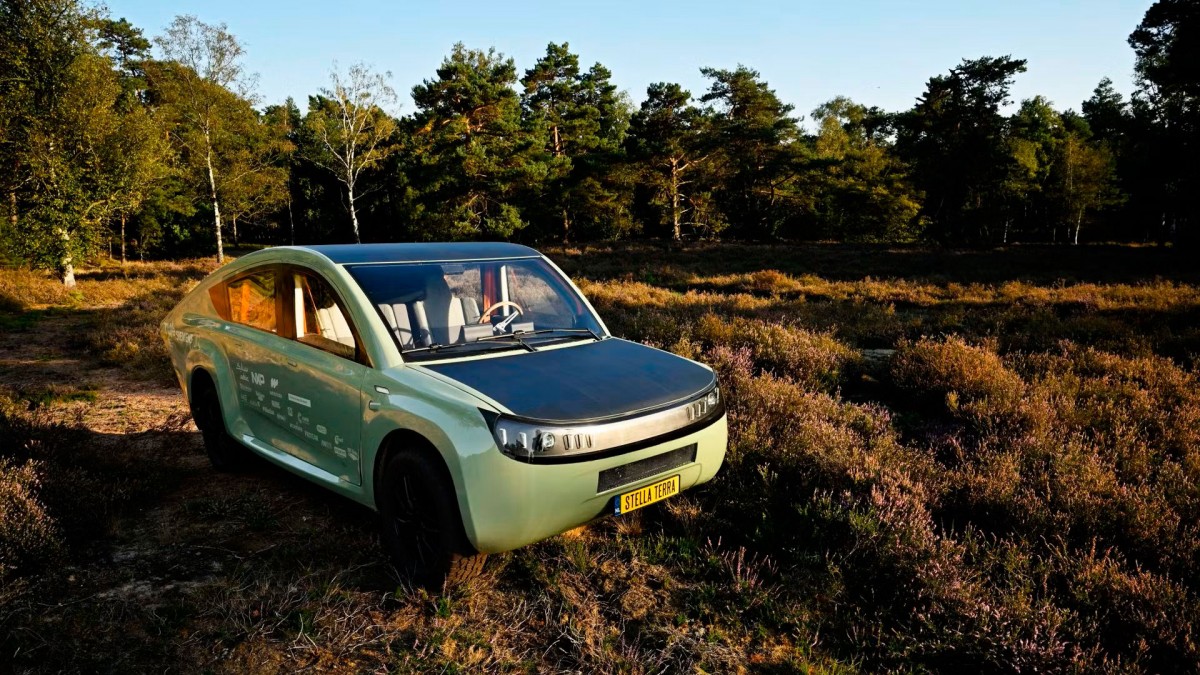
Stella Terra isn’t the only project the team is working on, even if it's arguably the most exciting one. The team is keen on contributing to the solar industry with their highly efficient solar converters. Bosman and his young visionaries aspire to inspire, hoping big players in the auto industry might just do a double-take and reevaluate their designs.
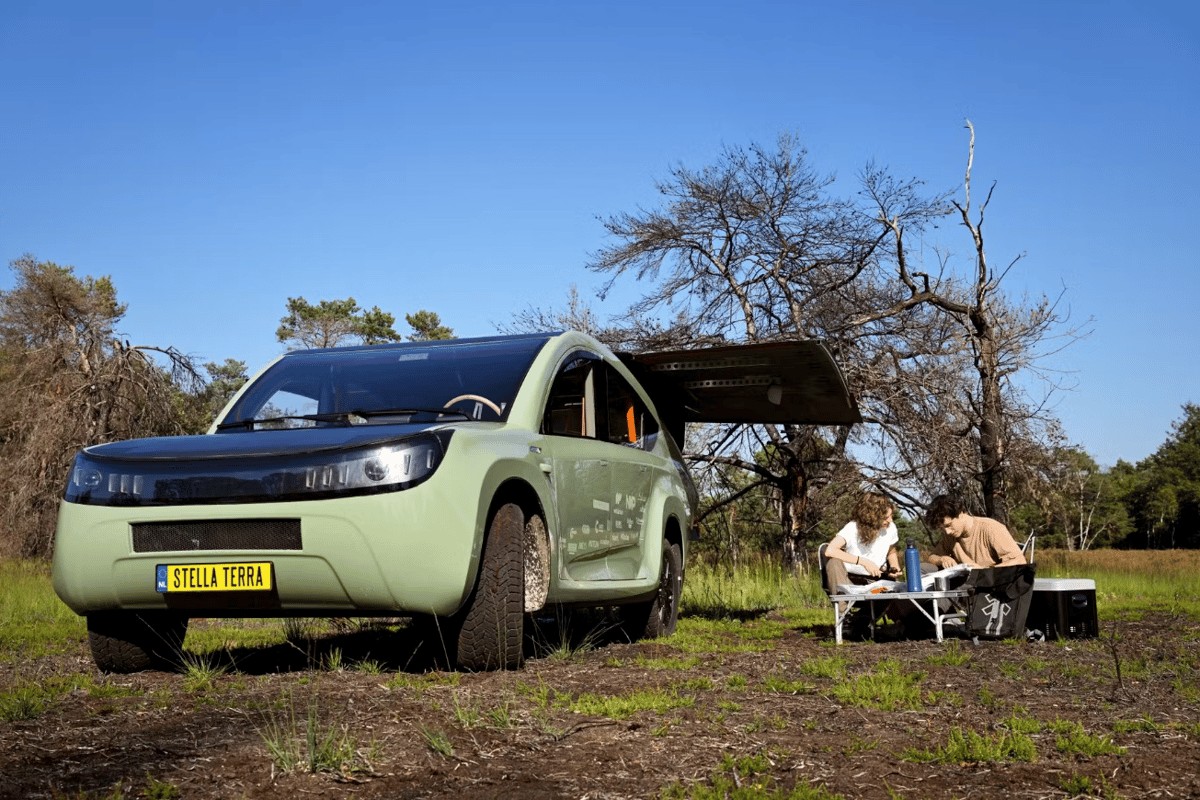
As we know, Stella Terra isn’t the first solar-powered car we've seen. There was the Lightyear and Sono's Sion EV - both crashed and burned in a spectacular manner, simply because the technology isn't there yet to make a solar-powered car anywhere close to practical for daily use.
What the Stella Terra does differently is actually try and find a use case. It doesn't really want to replace your everyday ride - it aims to serve communities who literally have no other alternative. And in those cases a solar-powered car with all its compromises might still be the best we've come up with yet.
Reader comments
You are mistaking one cloudy day for a usual autumn to winter season. I am certainly not dismissing solar, I just note that managing the expectation and base it on seasons and weather is much more ... accurate?
- 20 Oct 2023
- ps1
WHAT!?!? You're telling me a solar panel doesn't generate much power when the sun isn't out!?!? What revolutionary information. The occasional cloudy day is not enough to dismiss solar entirely.
- 20 Oct 2023
- j5{
Those Prius numbers are obviously achievable in good weather, for example today, it showed it extended the range by about 0.3 km. And it was outside pretty much the whole day on the trip, not sitting inside the garage. I still love the concept of s...
- 18 Oct 2023
- ps1


